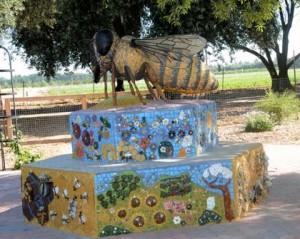Under state law, the California Department of Food and Agriculture has the responsibility of calculating the minimum price that milk producers are to receive from processors. In order to perform this duty, the Department employs economists who monitor conditions in the dairy marketplace. When considering changes to the formulas used to calculate the minimum price, the Department is obligated to balance the economic impacts on producers, processors and consumers to ensure there is sufficient milk to meet demand, and that demand remains consistent. Because of the competing interests of these groups, the Department is often required to make difficult decisions.
The Department is acutely aware of the current challenges facing dairy farmers. Our economists have been following the national and international developments very closely. However, there are significant long-term problems that must be addressed. While the drought has resulted in a dramatic increase in feed costs, producer prices are also affected by a change in dairy consumption patterns and different marketing conditions in California versus the rest of the nation. Without reforms to the overall pricing structure to account for these changes, short-term price adjustments may not be an effective approach. Many in the dairy industry agree. Over the course of more than a year, stakeholders across the California dairy industry have expressed their concerns about our current pricing system and how it may affect the future of our industry.
That is why the Department is assembling the Dairy Future Task Force. Dairy producers, processors and cooperatives are being asked to come together as a coalition to make recommendations for changes to the pricing structure, so that there is long-term stability in the industry and California may maintain its status as a world leader in dairy production well into the future.







